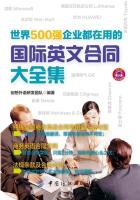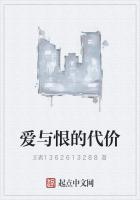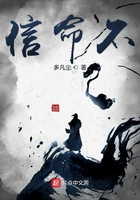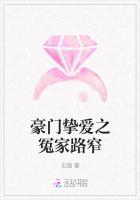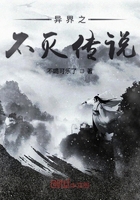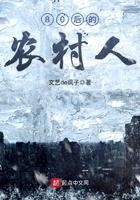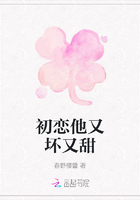"Oh, boys," said Norah, after tea was over one evening, "I wish you would come and help me find my pretty tin mug. I have not seen it since I had it in the garden nearly a week ago. I"m afraid it will be covered with rust.""You may make your mind easy as to the rust," said Fred. "Tin does not easily rust." Then they began the search.
"Look, here it is, under the seat. It is not at all rusty. A rub with the leather will soon make it shine as brightly as ever. Tin has a very bright, metallic lustre, and can easily be polished when it gets dull.
"Suppose your mug had been made of iron instead of tin, Norah," he added.
"Ah," she said, "it would have been rusted all over, wouldn"t it, Fred?""Yes, it would," replied Fred. "But I say, Norah, what will you say when I tell you that your tin mug is not a tin mug at all. It is really made of iron. Very few of the things which we call tin-ware are reallymade of tin. They are made of sheet iron, covered with a coating of tin on both sides. It would be better to call them "tinned ware.""Let us see why the tin is put over the iron. The iron would rust very quickly, but the tin, although it will tarnish, does not rust. When it gets dull and tarnished, a rub will make it clean and bright again." "But how do they put the tin coat on the sheetiron?" said Norah.
"Teacher melted some tin in the old iron spoon," said Fred, " to show us how easily it melts. It is the most fusible of all the metals. To make the "tinned ware" the sheet of iron is dipped into melted tin, and when it is taken out the tin forms a coat all over it.
"The tinman uses solder to join the pieces of tin together when he makes vessels for use. Solder is a mixture of lead and tin.
"See what I have here," Fred went on. "It is a sheet of tin as thin as paper. It would take a thousand sheets like this, laid one upon another, to make a pile an inch high. It is called tin-foil. I took it off a packet of sweetmeats this morning. It is used for wrapping up sweetmeats, fancy soaps, tobacco, and all articles that have to be kept from the air. See, it is so pliable that it folds closely over the things. Can you tell me how this tin-foil is made, Norah?""It must be either beaten or rolled out," saidNorah. "I suppose it was rolled out."
"Yes," said Fred, "it was. What does that tell us about tin?""It tells us that tin is a malleable metal.""Tin, like other metals, is always found as an ore. It must be smelted in a furnace, to remove the earthy parts, before it can be of use."SUMMARY
Tin is a white metal, with a bright lustre. It is very fusible and malleable. "Tinned ware" is made of sheet-iron dipped into melted tin. The tin forms a coat over the iron. The iron itself would rust; tin does not easily rust, and can be rubbed up when it gets dull.
Lesson 36


